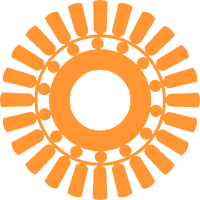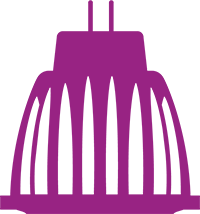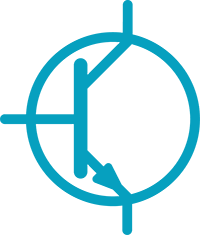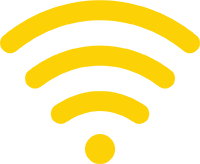The IEA Technology Collaboration Programme 4E EMSA (Electric Motor Systems Platform) works on the assessment of specific developments in the field of industrial digitalisation. The target is to identify the relevant different technology fields (areas), their impact on energy use and efficiency and the need for policy measures.
For more information, download policy brief below.
Which digitalisation technologies are applied with motor systems?
EMSA published the report Classification of digitalisation technologies for electric motor driven systems analysing digitalisation technologies that are often applied with motor systems. Some of the main conclusions of the report:
- Digital technologies are mainly used for reasons other than energy efficiency, such as higher production efficiency, a more flexible system, better control and predictive maintenance.
- While digital technologies can help identify opportunities, energy savings will only be realised once this information is acted upon.
- Examples of specific applications with concrete evidence of energy savings are rare.
What can policy makers do?
The report for policy makers includes a summary of interviews on possibilities and barriers of digitalisation, expert inputs collected from stakeholders and a detailed description of policy programmes. It also formulates recommendations on how policy makers can help in a wider implementation of digitalisation.
How much energy can be saved through digitalisation of motor systems?
EMSA presents eight concrete cases of companies who used digital solutions to optimise their processes, thereby saving energy. The case studies cover all major motor system applications, i.e. pump, ventilation and compressor systems.
Digitalisation will help companies to save energy, but how?
EMSA organised an international survey on the status of digitalisation in industrial companies and especially motor driven systems. The target was to identify interesting use cases, advantages, but also potential barriers and suggestions for policy intervention.
I would like to digitalise my motor systems – how to start?
EMSA’s technical recommendations provide guidance for industrial end-users on how to digitalise their motor systems. First, there are general recommendations for the introduction of digitalisation in companies. Second, for pumping, ventilation and compressed air systems, more detailed recommendations are given. These include location of measurement points, use of sensors and monitoring recommendations.
How much energy does digitalisation consume?
By analysing current research and real-life cases in industry, EMSA looked at the energy expenditure to facilitate digitalisation in electric motor systems. The main conclusion of this study is that for all cases analysed the energy used for the digitalisation of the motor systems is with less than 1% negligible. On an overall level, the energy savings achieved through the digitalisation of motor systems far outweigh the additional energy consumption resulting from the digitalisation process. In the cases studied, what is decisive for the savings potential is to what extent systems were already optimised before the measures and to what extent measures can contribute to an optimised system operation.




































